The Flavian Amphitheatre (The Colosseum)
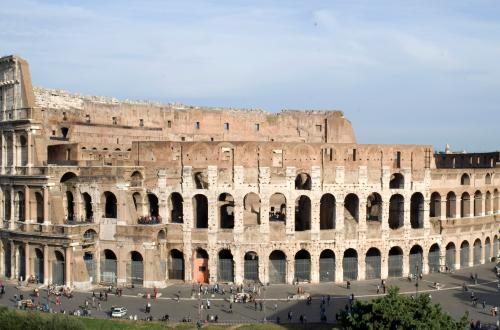
 Condividi
Condividi
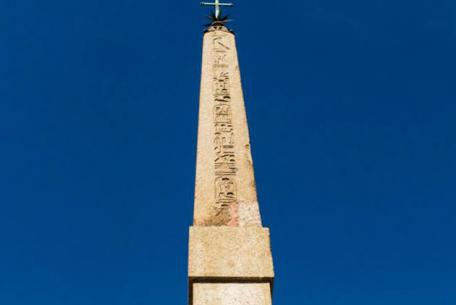
Together with the one visible today in the Villa Celimontana, it was originally erected in Heliopolis by Ramses II.
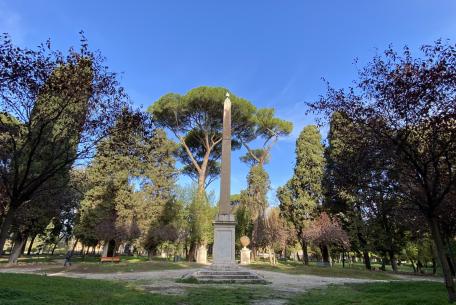
A twin of the one in Piazza della Rotonda, it is the only one in Rome not to be located in a public square.
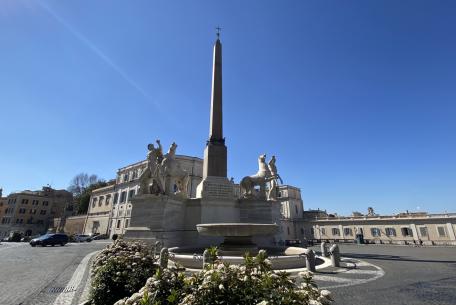
Similar to the Esquiline Obelisk - made of granite, about 15 metres high and without inscription
[...]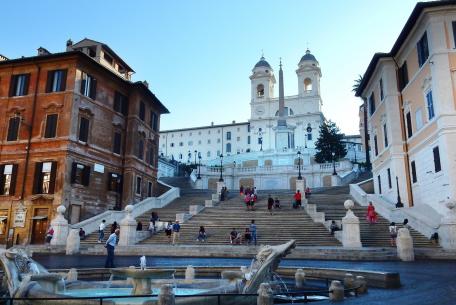
Located in front of the church of the Santissima Trinità dei Monti, right
[...]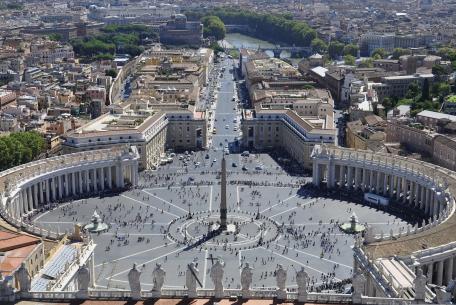
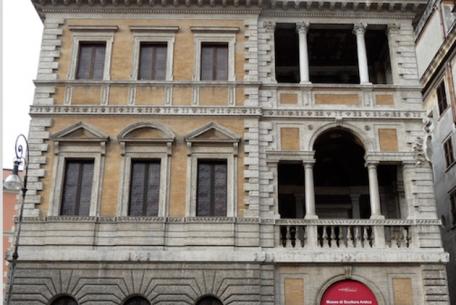
The elegant Renaissance building is located near Campo de’ Fiori and has
[...]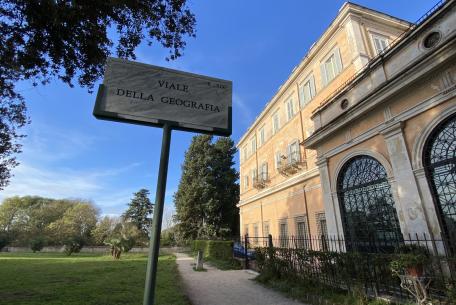
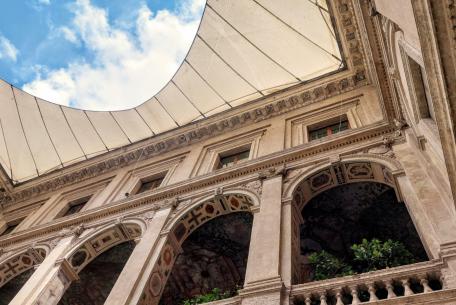
Altemps Palace is located near Piazza Navona and is one of the seats of the
[...]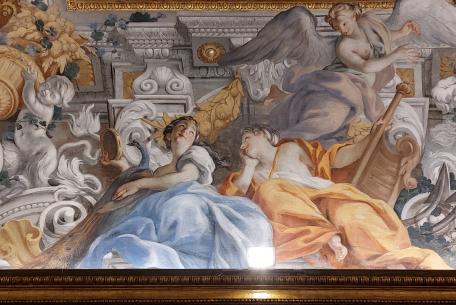
In the heart of Rome's historical centre, in the Rione Pigna, stands this magnificent example
[...]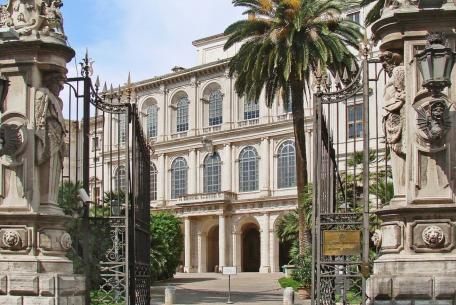
Today seat of the National Gallery of Ancient Art together with Palazzo Corsini, Palazzo Barberini is the
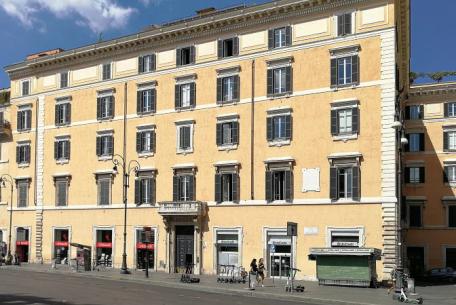
Overlooking the current Largo di Torre Argentina, the palace was built in stages on the remains of the Agrippa Baths, in an area of particular historical and monumental importanc
[...]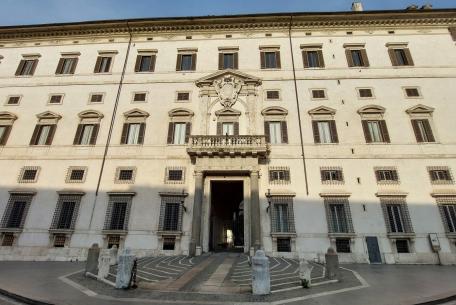
Its principal façade is on Largo della Fontanella di Borghese, but the building occupies a large and irregular block between Via di Ripetta, Via dell’Arancio, Via di Monte d’Oro, V
[...]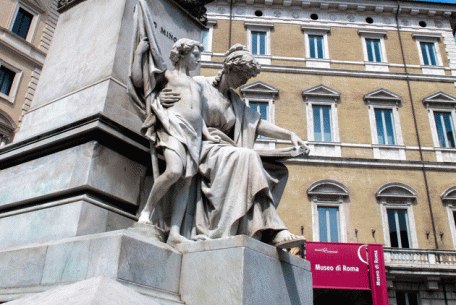
Palazzo Braschi is located in the city centre, between Piazza Navona and
[...]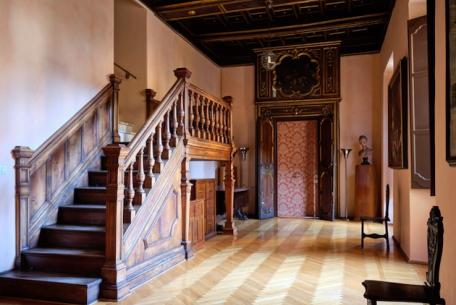
The building is located in via delle Botteghe Oscure, near Piazza Venezia.
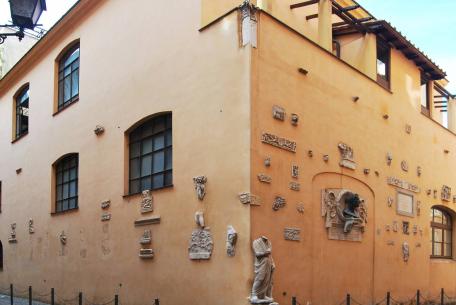
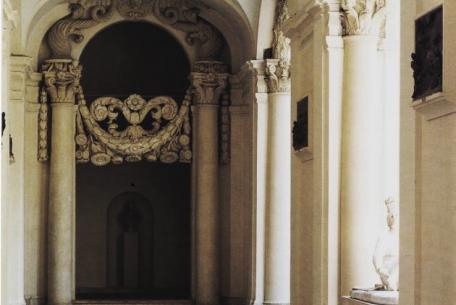

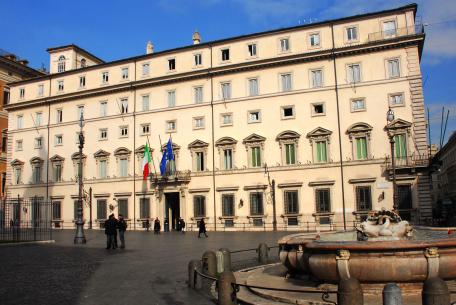
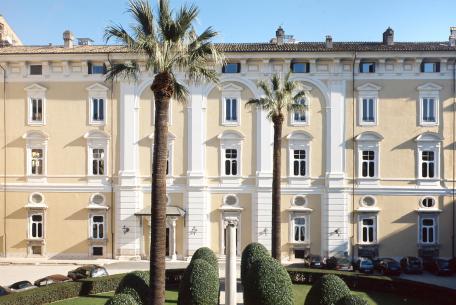
The history of this majestic historical residence, located a few steps from Piazza Venezia, began in
[...]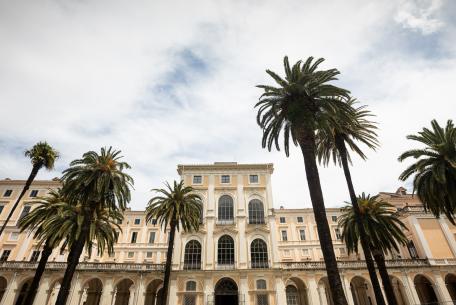
The palace was built towards the end of the 15th century by Cardinal Raffaele Riario (1461-1521), brother of Pope Sixtus IV della Rovere and father of Pope
[...]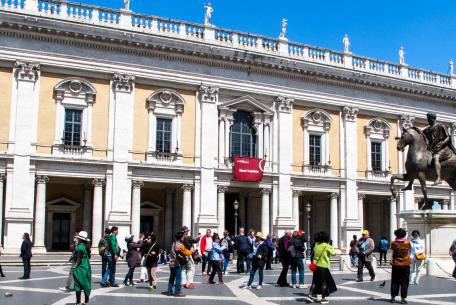
Located in the monumental Piazza del Campidoglio, on top of the homonymous hill, the p
[...]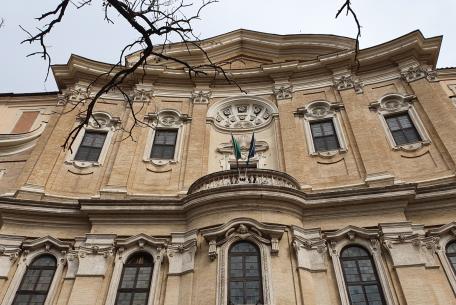
The Palazzo dei Filippini complex consists of the Convent and Oratory, and occupies a large block between Piazza della Chiesa Nuova, Via dei Filip
[...]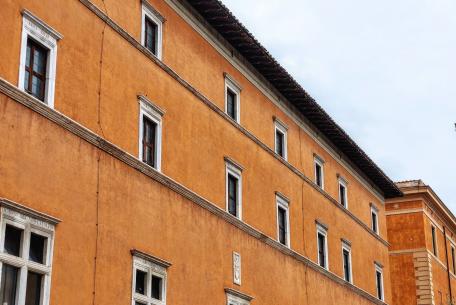
The imposing palace that opens today onto the modern Via della Conciliazione is one of the finest examples of Renaissance architecture in Rome.
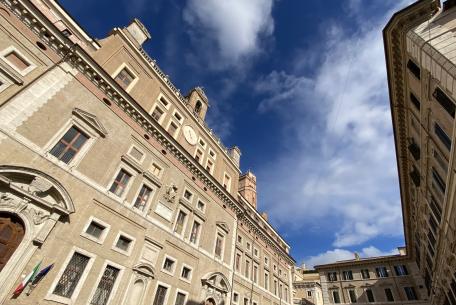
Located a few steps from Piazza Venezia, the Palazzo del Collegio romano was built between 1582 and
[...]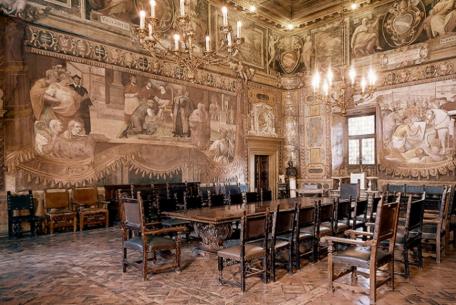
The building was the original seat of the curator in charge of the United Hospitals of S. Spirito.
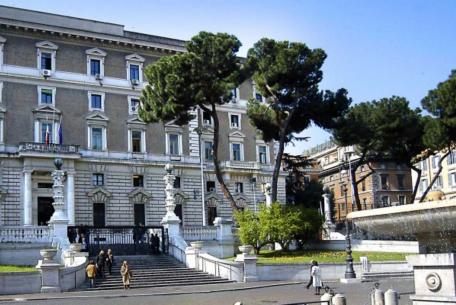
In 1911, the statesman Giovanni Giolitti, head of the Government, conceived this monumental building as the nerve center of the executive power of the Italian Stat
[...]The only palace in Rome identified with the name of its architect, the imposing building overlooking Via Nazionale was designed at the end of the 19th century by Gaetano Koch – who
[...]
 Condividi
Condividi
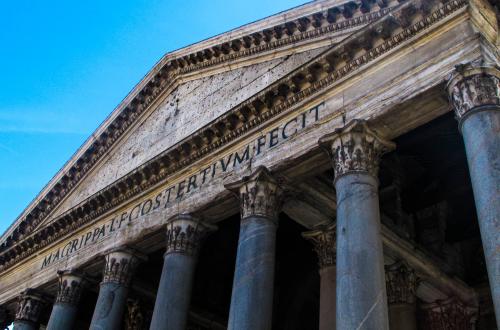
 Condividi
Condividi
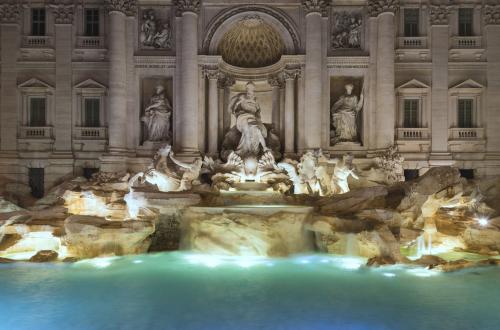
 Condividi
Condividi
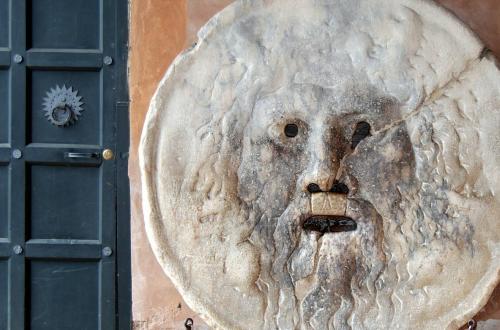
 Condividi
Condividi
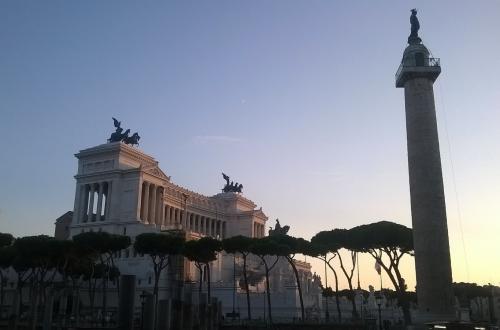
 Condividi
Condividi
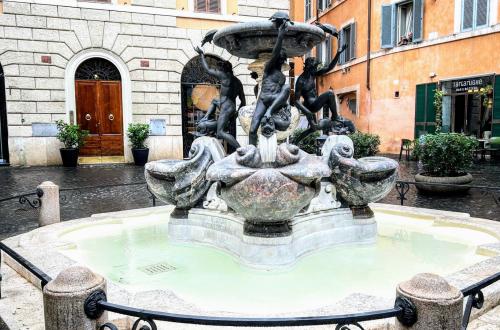
 Condividi
Condividi
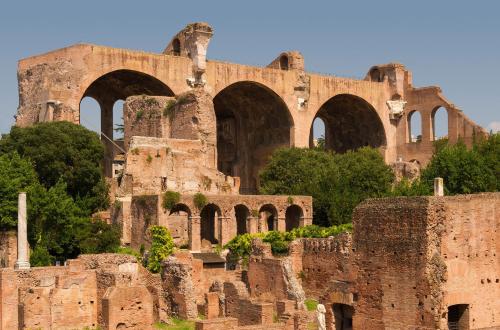
 Condividi
Condividi